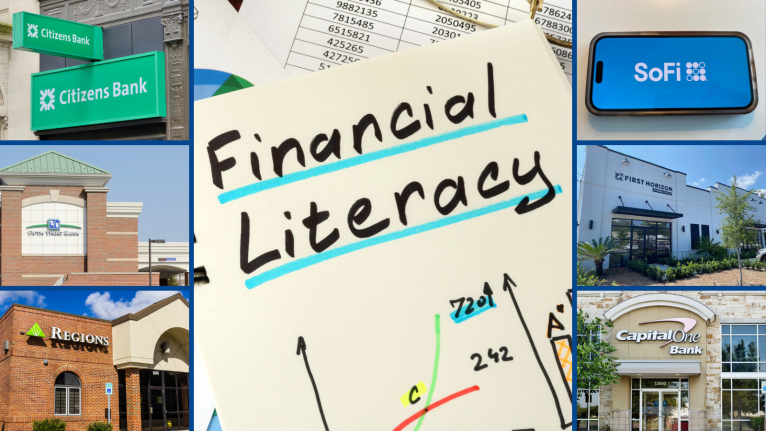ICYMI: New Report Reaffirms Consumer Demand For Overdraft, Impact of Bank-Led Innovation

A new report from the Financial Health Network examining the overdraftmarketplace reinforced the impact of bank-led innovation and consumers’ need for the product as they contend with ongoing economic headwinds.
Key Findings: According to the report, which surveyed consumers about their overdraft experiences in 2022 and compared these findings to prior years:
- Aggregate fees from overdraft dropped more than $600 million last year and represent a dramatic $5.6B (36%) decline when compared to pre-pandemic levels in 2019.
- The vast majority (81%) of frequent overdraft users indicated that they would have preferred to incur a fee on their most recent overdraft transaction rather than have the purchase or payment declined. This finding suggests that those who overdraft frequently experience a recurring and urgent need for additional cash to cover expenses.
- The overwhelming majority of people who overdrafted intentionally (92%) indicated that they would prefer to incur the fee rather than have the most recent transaction that incurred an overdraft declined.
What They’re Saying: In its conclusion, the Financial Health Network urged policymakers and industry leaders to consider the impact any potential policy changes would have on financially vulnerable Americans, who increasingly are facing difficulties covering an emergency expense with savings alone and are turning to overdraft to get by:
“[These consumers] faced a persistent and chronic need for liquidity. These households overdrafted frequently, suggesting a population with limited access to affordable credit and juggling extreme financial constraints. As financial industry leaders and policymakers consider the future of overdraft, understanding the realities of who overdrafts and why – and the costs they are incurring – is critical.”
Looking Back: The decrease in industry-wide revenue derived from overdraft/NSF fees observed in this report reflects similar research from the Brookings Institute – which found the monetary impact ofbank-led overdraft innovation has led to roughly $5 billion a year in savings for hardworking families, as well as from the Consumer Financial Protection Bureau (CFPB), which stated just last month:
“Overdraft/NSF revenue for the fourth quarter of 2022 alone was approximately $1.5 billion lower than in the fourth quarter of 2019 – a decrease of 48% compared to before the pandemic, suggesting an annual reduction of over $5.5 billion going forward.”
Dive Deeper: According to a 2021 study from the global intelligence firm Curinos, consumers, especially overdraft users, continue to demonstrate a deep understanding of overdraft and available alternatives.
- More than 60% of overdrafts come from consumers who intend to use the service.
- More than 80% of overdraft transactions come from consumers who opted into debit card overdraft programs with the clear intention of using it to cover their payments.
- Two-thirds of consumers indicate that, while overdraft can be expensive, they don’t want to see reductions in their access to the service.
Why It Matters: Amidst persistently high inflation, rising interest rates, and other economic pressures, millions of consumers are struggling to make ends meet. To cover the costs of everyday purchases and emergency expenses, more Americans are relying on financial tools from their bank, including overdraft.
- Even as a greater share of the industry works to implement reforms to overdraft products and policies, banks also remain fully committed to protecting access to this product, recognizing there is a clear need.
- According to recent data, more than half of Americans do not have an emergency fund to cover unexpected costs and only 43% would be able to cover a $1000 emergency expense with cash alone.
Banks remain fully committed to protecting consumers’ access to overdraft even as they simultaneously implement reforms to products and policies designed to provide consumers greater transparency and choice, ranging from real-time payment updates and grace periods to posting alerts and no-fee overdraft accounts.
The Bottom Line: These bank-led innovations – which have been unveiled without regulatory or legislative intervention – are here to stay and they’re making a meaningful difference in the lives of the people we are all working to serve. Further restrictions to overdraft from policymakers will only drive consumers to meet their short-term liquidity needs from payday lenders and other providers operating outside the well-regulated, well-supervised banking system.



